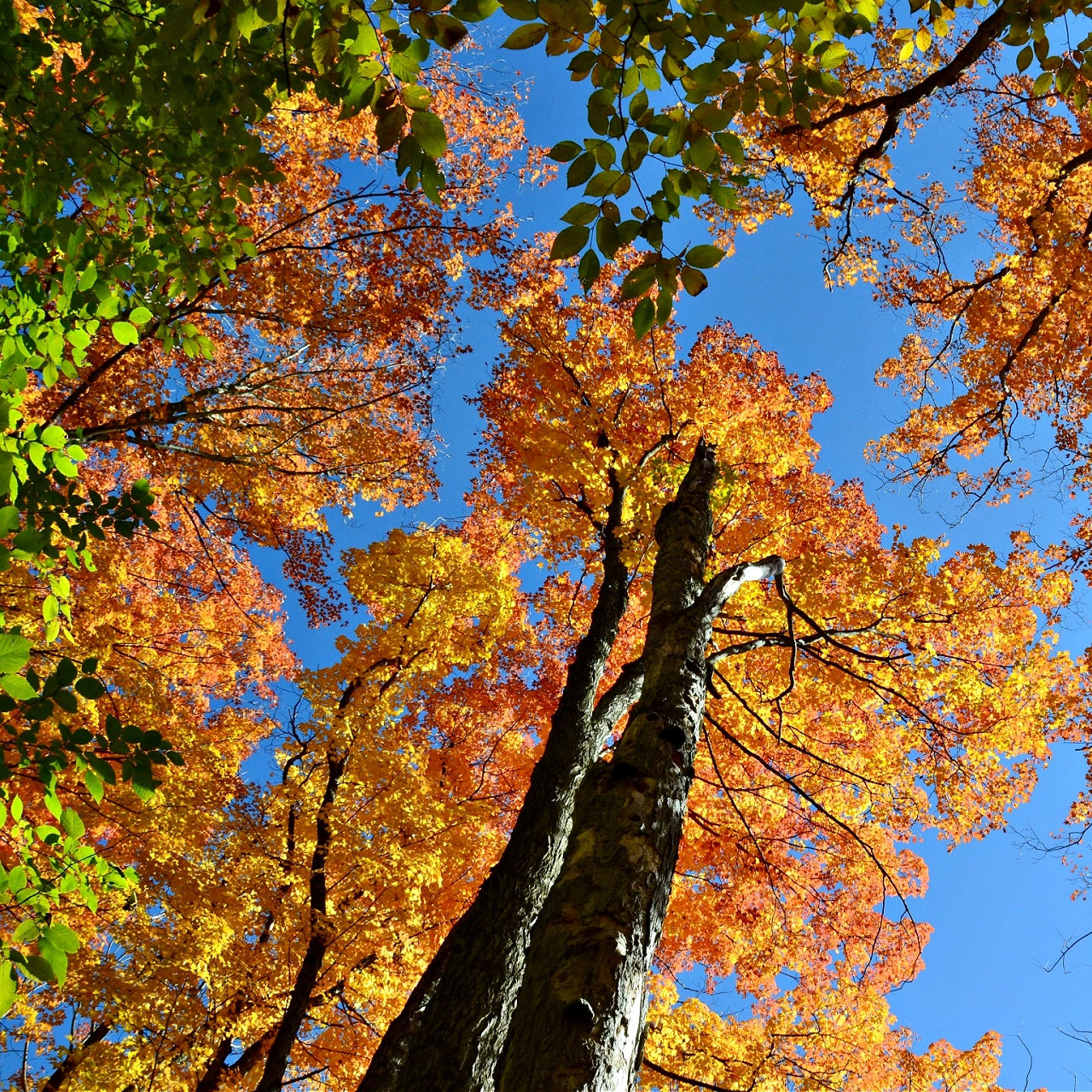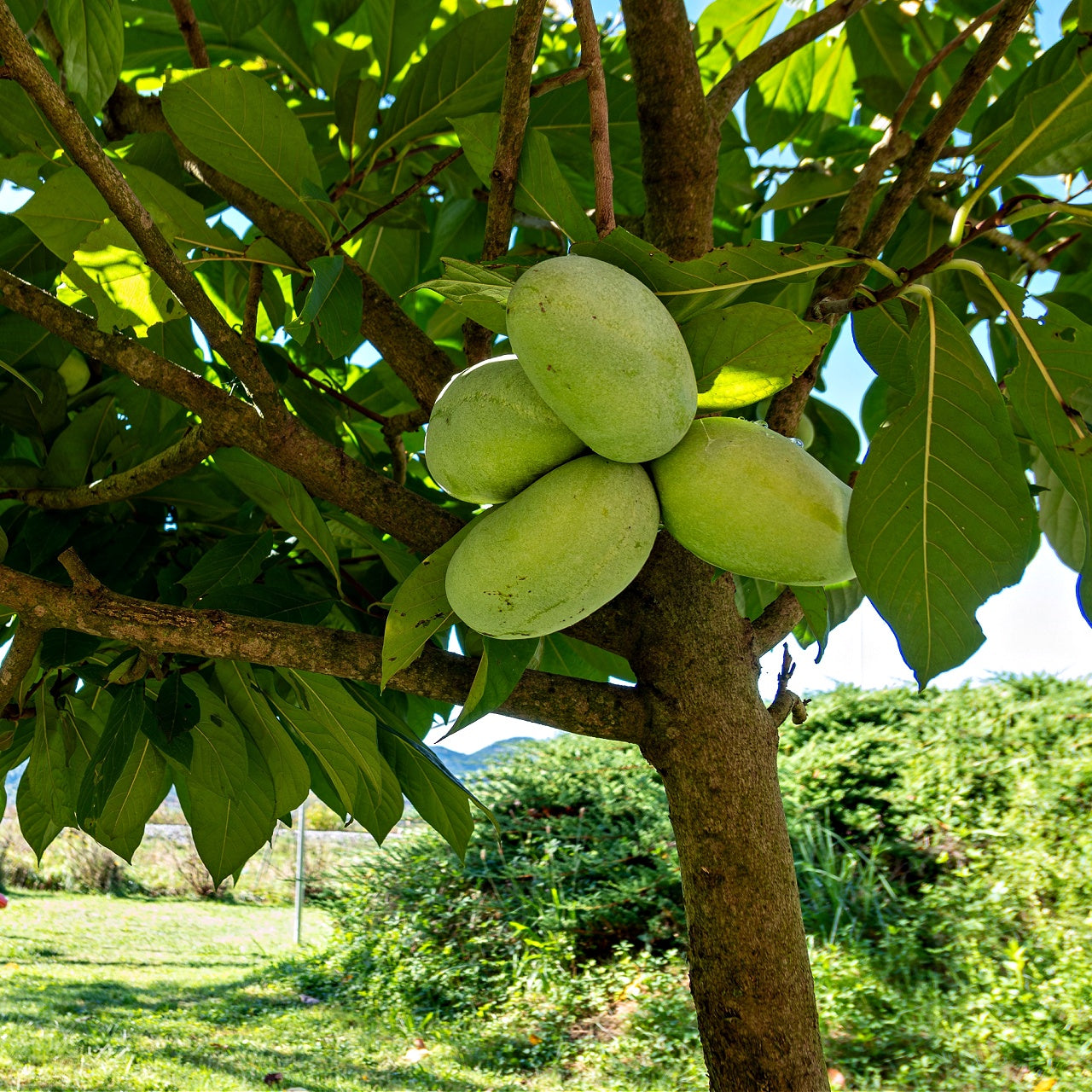
An Introduction to 7 Native Ferns and Their Benefits
An Introduction to 7 Native Ferns and Their Benefits
Ferns are a diverse and ancient group of plants that have existed for millions of years. They are found in almost every environment on earth, from deserts to rainforests. In addition to their beauty, ferns have several benefits, including their ability to filter pollutants from the air, stabilize soil, and provide habitat for various wildlife.
In this article, we will discuss seven native ferns and their benefits and provide tips for growing and caring for ferns in your landscape.
- Maidenhair Fern (Adiantum Pedatum).
- Royal Fern (Osmunda regalis).
- Christmas Fern (Polystichum acrostichoides).
- Cinnamon Fern (Osmunda strum Cinnamomum).
- Sensitive Fern (Onoclea sensibilis).
- Ostrich Fern (Matteuccia Struthio Pteris).
- Lady Fern (Athyrium filix-femina).
Maidenhair Fern (Adiantum Pedatum)
Maidenhair ferns are a popular choice for shady gardens and woodland landscapes. These delicate ferns have fronds that resemble lace and can grow up to 18 inches tall. They are native to eastern North America and can be found in woodlands, rocky slopes, and wetlands.
Benefits:
Maidenhair ferns are excellent at removing pollutants from the air, making them a great addition to urban gardens. They serve as a host plant for the rare Appalachian blue butterfly. In addition, maidenhair ferns have been used for medicinal purposes. They contain compounds that can reduce inflammation and promote healthy digestion.
Royal Fern (Osmunda regalis)
Royal ferns are a stunning addition to any landscape, with fronds that can grow up to six feet tall. They are native to wetlands and other areas with high moisture levels but can also be grown in well-drained soil with regular watering. Royal ferns are known for their large, showy fronds that turn a beautiful golden color in the fall.
Benefits:
Royal ferns have several benefits. They are excellent at stabilizing soil and preventing erosion, making them a great choice for slopes and other areas where erosion is a concern. They serve as a host plant for the rare Appalachian blue butterfly. In addition, royal ferns have been used for medicinal purposes for centuries. They contain compounds that can help to reduce inflammation and relieve pain.
Christmas Fern (Polystichum acrostichoides):
Christmas ferns are hardy and easy to grow in woodlands and other shady areas throughout eastern North America. They are named for their evergreen fronds, which landscapes can be enhanced with color and texture year-round. Christmas ferns are also known for tolerating various growing conditions, from dry to wet soil.
Benefits:
Christmas ferns are excellent at stabilizing soil and preventing erosion, making them a great choice for slopes and other areas where erosion is a concern. They are also a host plant for a variety of butterflies and moths. In addition, Christmas ferns have been used for medicinal purposes for centuries. They contain compounds that can help to reduce fever and relieve coughs.
Cinnamon Fern (Osmunda strum Cinnamomum):
Cinnamon ferns are a native fern species found in wetlands and other areas with high moisture levels. They are named for the cinnamon-colored hairs that cover the fronds as they emerge in the spring. Cinnamon ferns can grow up to five feet tall and add a dramatic element to any landscape.
Benefits:
Cinnamon ferns are excellent at removing air pollutants and can help improve air quality in urban areas. They are a host plant for butterflies and moths. They are host plants for butterflies and moths. They contain compounds that can help reduce inflammation and relieve pain.
Sensitive Fern (Onoclea sensibilis):
Sensitive ferns are native fern species found in wetlands and other areas with high moisture levels. They are named for their sensitivity to frost, which can cause the fronds to wilt and die back. Sensitive ferns have a unique appearance, with deeply lobed and finely divided fronds.
Benefits:
Sensitive ferns have several benefits. They are excellent at stabilizing soil and preventing erosion, making them a great choice for slopes and other areas where erosion is a concern. They are also a host plant for a variety of butterflies and moths. In addition, sensitive ferns have been used for medicinal purposes for centuries. They contain compounds that can help to reduce inflammation and promote healthy digestion.
Ostrich Fern (Matteuccia Struthio Pteris):
Ostrich ferns are a native fern species found in wetlands and other areas with high moisture levels. They are named for their large, feathery fronds that resemble the plumes of an ostrich. Ostrich ferns can grow up to six feet tall and add a bold and dramatic element to any landscape.
Benefits:
Ostrich ferns have several benefits. They are excellent at removing air pollutants and can help improve air quality in urban areas. They are also a host plant for a variety of butterflies and moths. In addition, ostrich ferns have been used for medicinal purposes for centuries. They contain compounds that can help to reduce inflammation and promote healthy digestion.
Lady Fern (Athyrium filix-femina):
Lady ferns are a native fern species found in woodlands and other shady areas throughout North America. They are named for their delicate and lacy fronds, which can add a soft and graceful element to any landscape. Lady ferns are also known for tolerating various growing conditions, from dry to moist soil.
Benefits:
Lady ferns have several benefits. They are excellent at stabilizing soil and preventing erosion, making them a great choice for slopes and other areas where erosion is a concern. They are also a host plant for a variety of butterflies and moths. In addition, lady ferns have been used for medicinal purposes for centuries. They contain compounds that can help to reduce inflammation and promote healthy digestion.
How To Grow and Care Native Ferns
Ferns are a beautiful and beneficial addition to any landscape. They can filter pollutants from the air, stabilize soil, and provide habitat for wildlife. To grow native ferns successfully, choosing a suitable location with well-draining soil and shaded is essential. Before planting, amend the soil with organic matter to improve soil fertility and structure. Water regularly moistens the soil, especially during hot and dry periods.
And when it comes to caring for native ferns involves regular watering to keep the soil evenly moist, pruning dead or damaged fronds throughout the growing season, and applying a light application of fertilizer if necessary. Native ferns are generally resistant to pests and diseases, but watching for slugs, snails, and fungal diseases is crucial. Furthermore, during winter, most native ferns are cold-hardy and do not require special care. However, a layer of mulch can be applied to protect the roots from frost heave.
Growing and caring for native ferns is a relatively simple process. By following the guidelines mentioned above, you can enjoy the beauty and benefits of native ferns in your landscape.
Final Remarks
Clearly, native ferns are an excellent addition to any landscape. They offer a range of benefits, from stabilizing soil and preventing erosion to improving air quality and providing habitat for wildlife. In addition, many native ferns have been used for medicinal purposes for centuries.
When choosing a native fern to add to your landscape, it's essential to consider the growing conditions of your site. Some ferns prefer moist soil and shade, while others can tolerate various conditions. By selecting the suitable fern for your site and providing it with the proper care, you can enjoy the beauty and benefits of these remarkable plants for years to come.






